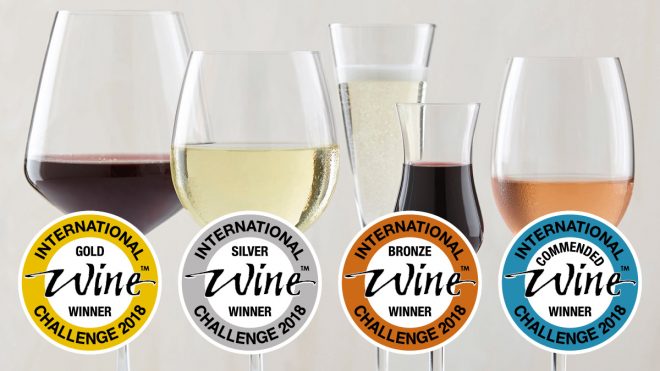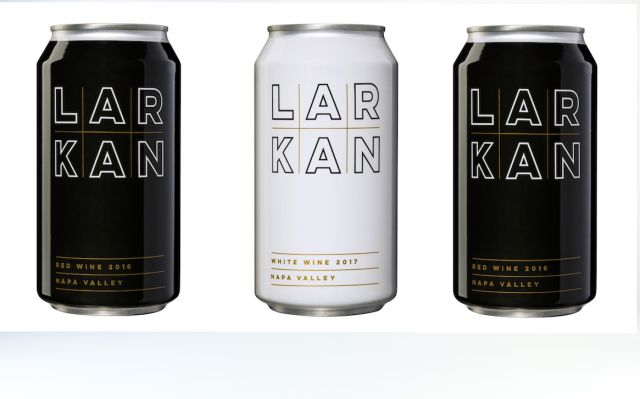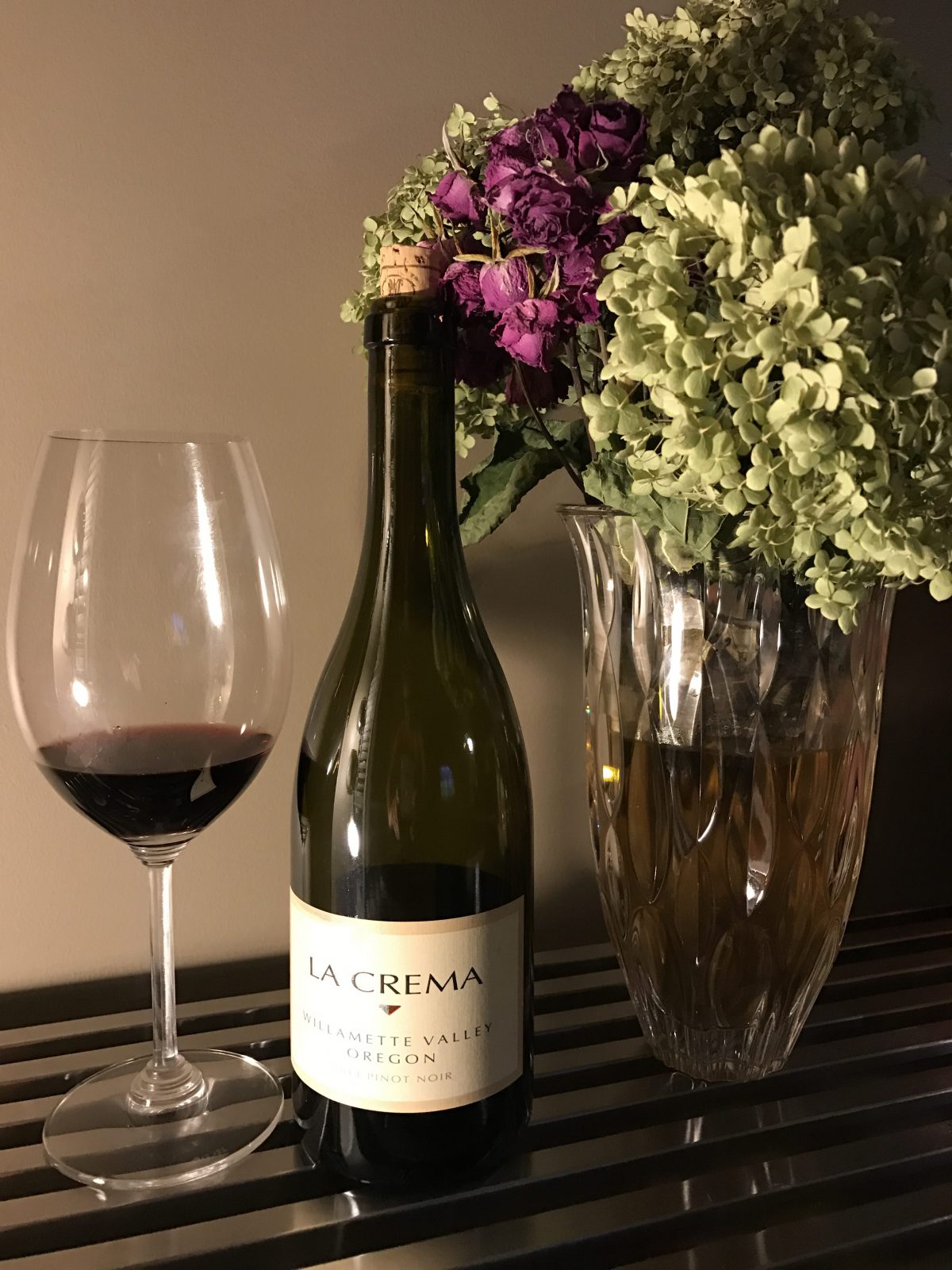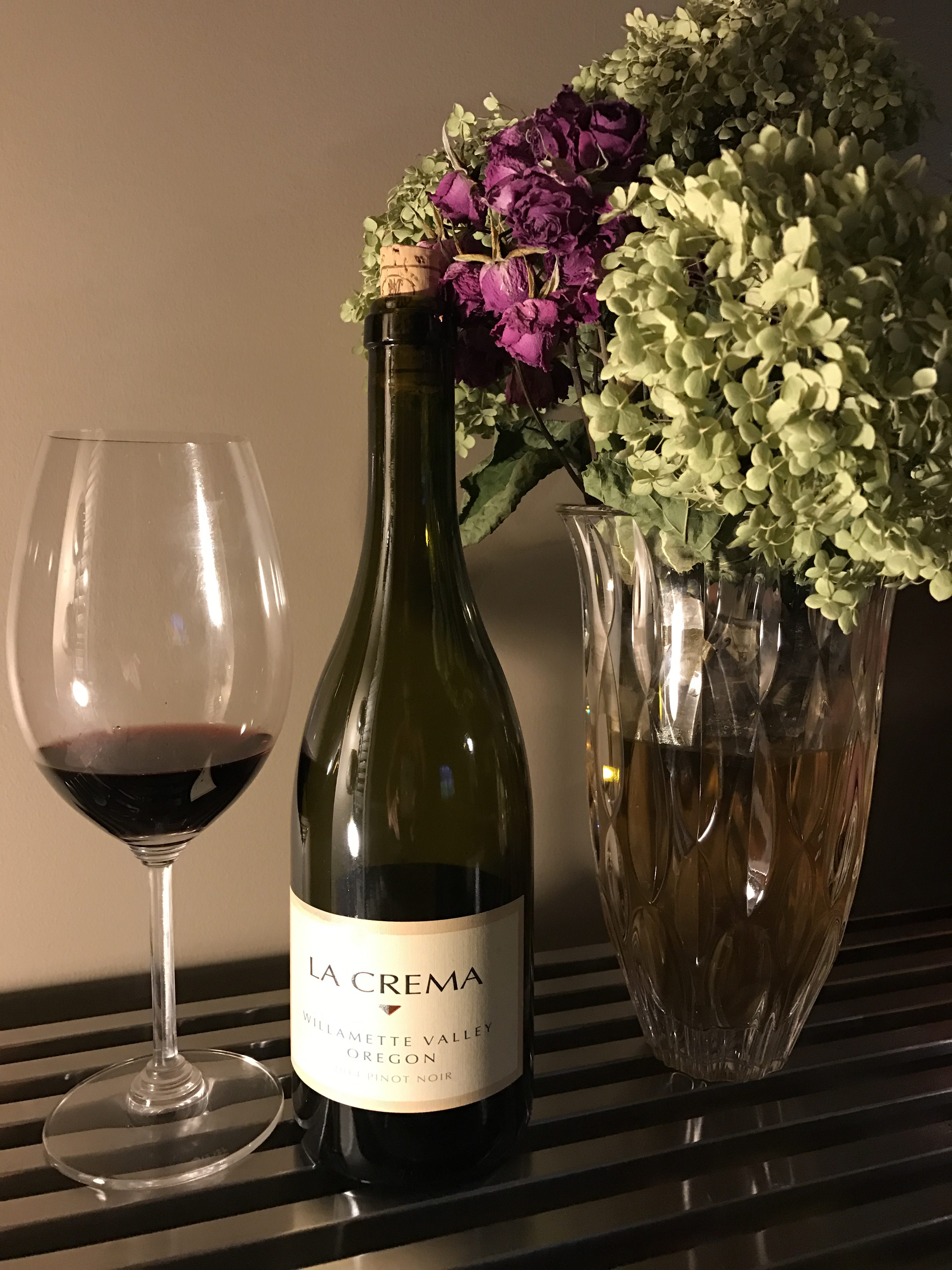I recently traveled with fourteen wine journalists and industry professionals to Rheinhessen Germany, one of my favorite wine regions in Germany.
We soaked up Weingut Wagner-Stempel (wine festival in Siefersheim), attended a master workshop on the “Top Terroirs of Rheinhessen”, indulged in pinot noir tasting with local producers, along with other pleasant vinous, gastronomic and cultural surprises. The five-day program also took us to wineries in and around the heart of the region. We were in the accompaniment of Ulrike Lenhardt and Ernst Buscher of The German Wine Institute, and Romana Echensperger, MW.
Rheinhessen is Germany’s largest wine-producing region and also rich in history – the area was ruled by archbishops throughout the Middle Ages up to the French Revolution.
Mainz, the capital of Rheinhessen is also one of 16 states in the Federal Republic of Germany. Its unique location in Rheinhessen (also known as “The Land of the Thousand Hills”) makes it ideally suited for growing wines. There are over 3,500 winegrowers in the region producing some of Germany’s best white varieties such as Dornfelder, Riesling, Silvaner, Pinot Blanc, and Pinot Grigio. Rheinhessen (or Rhein District) is located north of the Rhine River going west from Wiesbaden and ending around Rüdesheim. The Rheinhessen wine region is 35 kilometers from east – west, and 3 kilometers from north – south. Almost 80% of wines from this area are Rieslings, other white wines account for 10% of production, and Pinot Noir accounts for 10% of all production.
The top vineyards are concentrated long the steep west bank of the Rhine, known as the Rheinterrasse (Rhine terrace), and towards the south towards the town of Worms, and around the village of Westhofen.
Our Rheinhessen experience began with a vineyard walk and tasting at Roter Hang – Brudersberg “Schönste Weinsicht”.
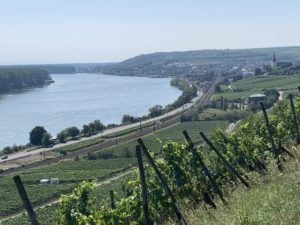
The view from the Niersteiner Brudersberg was absolutely stunning! It was awarded by the German Wine Institute “The Most Beautiful Wine View” in 2012 across all 13 German wine-growing regions. From the vantage points, we saw spectacular views of the Rheinhessen wine landscape. From Brudersberg we had optimal views to Hessian Ried to Frankfurt (east), looking northeast the Taunus with the Great Feldberg, and looking southeast to the bend in the Rhine at Oppenheim to the Odenwald with the Melibokus. We were also in the middle of Oelberg, Kranzberg, Pettenthal, Hipping and Spiegelberg, Brudersberg which are also located on the Red Slope of Nierstein – its Rieslings, are among the best in the world. We had the privilege of tasting with a group of five energetic, young producers and winemakers, who are committed to breaking free of the region’s bulk-based past and exemplifies Rheinhessen’s wine revolution.
– Weingut Guntrum – www.guntrum.de
– Weingut Raddeck – www.raddeckwein.de
– Weingut Schätzel – www.schaetzel.de
– Weingut Huff – www.weingut-huff.com
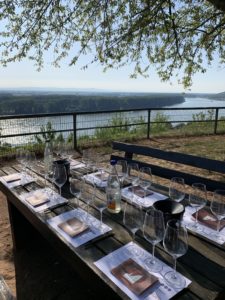
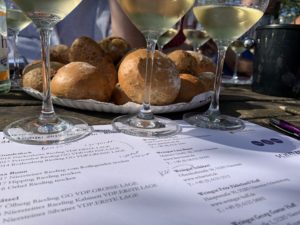
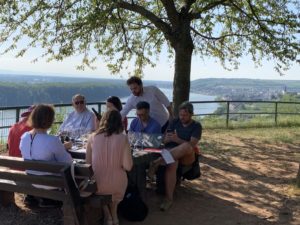
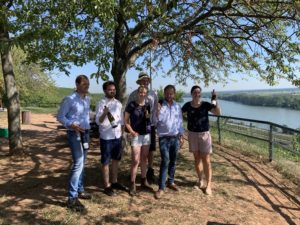
This was quite a remarkable and memorable tasting due to the historical location and sipping local wines! The Weingut Raddeck wines stood out. I found out by the producer that the wines are not only sustainable, they use geothermal heating, solar panels as well as recyclable rainwater. The Raddeck Family and their ancestors have been winegrowers for over 10 Generations.
The Guntrum vineyards are located on one of the most exciting terroirs for Riesling in Germany, the Roter Hang (or Red slope hillside). The Rotliegend was created over 280 million years ago in a very hot and dry period. By some geologic activity 45 million years ago, this red rock came up to the surface. The soil is high in iron and the wines from this area have a distinct minerality and elegance which certainly showed through at the tasting.
The next stop on our venture was Weingut Domhof and Grape Escape.
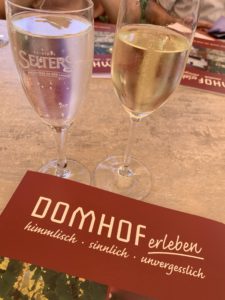

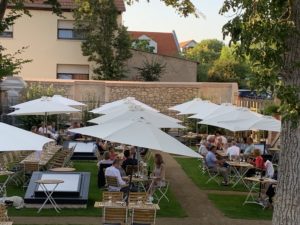
This historic wine estate has not only been a family-owned business since 1874 it now serves as the birthplace of great wine for the fifth generation. Since 2004, Domhof has been owned and operated by Alexander Baumann, the great-great-grandson Schmitts, and his wife Chris. At least 35% of their 10 hectares is Reisling, along with other white varieties: Silvaner, Pinot Gris, Sauvignon Blanc and Kerner. The red varieties include: Schwarzriesling, Pinot Noir, Portugieser, Regent and Dornfelder. The philosophy of Alexander, the head winemaker, is reflected in his vineyard maintenance, and consistent yield reduction. The historical house motto states “quality arises in the vineyard”.
Domhof produces nine Rieslings from their vineyards, which are located in Guntersblumer Himmelthal, Niersteiner Heiligenbaum, Niersteiner Paterberg and Niersteiner Pettenthal. Each Riesling I tasted impressed me with their individual character, and expressive bouquet. Alexander Baumann explains to us that it’s due to the microclimate and the characteristics of the three soils in his vineyards: Löss limestone and the sandstone slopes of Roter Hang.
Also located on the premises is the three-star hotel “Schlafgut Domhof”, an event area for wedding and family celebrations, and Grape Escape. This award-winning concept is an escape room which is a wine-focus adventure game involving solving puzzles and riddles, using clues, hints and strategies.
The Domhof winery was awarded the second “Best of Wine Tourism Award 2019” by the Great Wine Capitals in the category “Architecture, Parks and Gardens”
In the afternoon we headed to Gut Leben am Moorstein to attend a specially designed workshop led by Romana Echensperger, MW on the Top Terroirs of Rheinhessen. Romana guided us in 5 Flights with 5 wines in each flight and discussed the soils and varieties of the area.
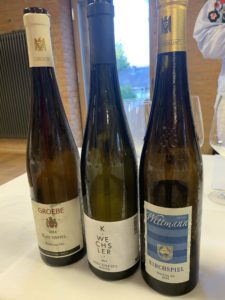
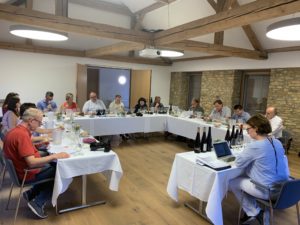
From the diverse soils to the above-average sunny days and varying microclimates, Rheinhessen produces many varieties. Silvaner is common here as well as the Pinot varietals: Pinot Blanc, Pinot Gris, Pinot Noir.
The terroir ranges from red soil, sandstone, to gravel, chalky, soils with pebbles, which produce wines with earthy qualities. Whereas, the vineyards around Westhofen largely consist of marl and calcareous soil, which can have some tinted red due to the high concentration of iron. The wines of this area are well -balanced and tend to be soft, and medium-bodied. Ingelheim is well-known for its Pinot Noirs.
Wineries presented that reflect the region’s unique taste of place, include:
– Weingut Klaus-Peter Keller – www.keller-wein.de
– Weingut Seehof – Florian Fauth- www.weingut-seehof.de
– Weingut Rettig – Katja Rettig – www.weingut-rettig.de
– Weingut Katharina Wechsler – www.weingut-wechsler.de
– Weingut Gutzler – www.gutzler.de
PART 2 TO FOLLOW …Exploring the Diversity of the Rheinhessen Wine Region [Part 2 of 3]

![Exploring the Diversity of the Rheinhessen Wine Region [Part 1 of 3]](https://www.liz-palmer.com/wp-content/uploads/2019/12/Liz-Palmer-Rheinhessen-1-1200x900.jpeg)
